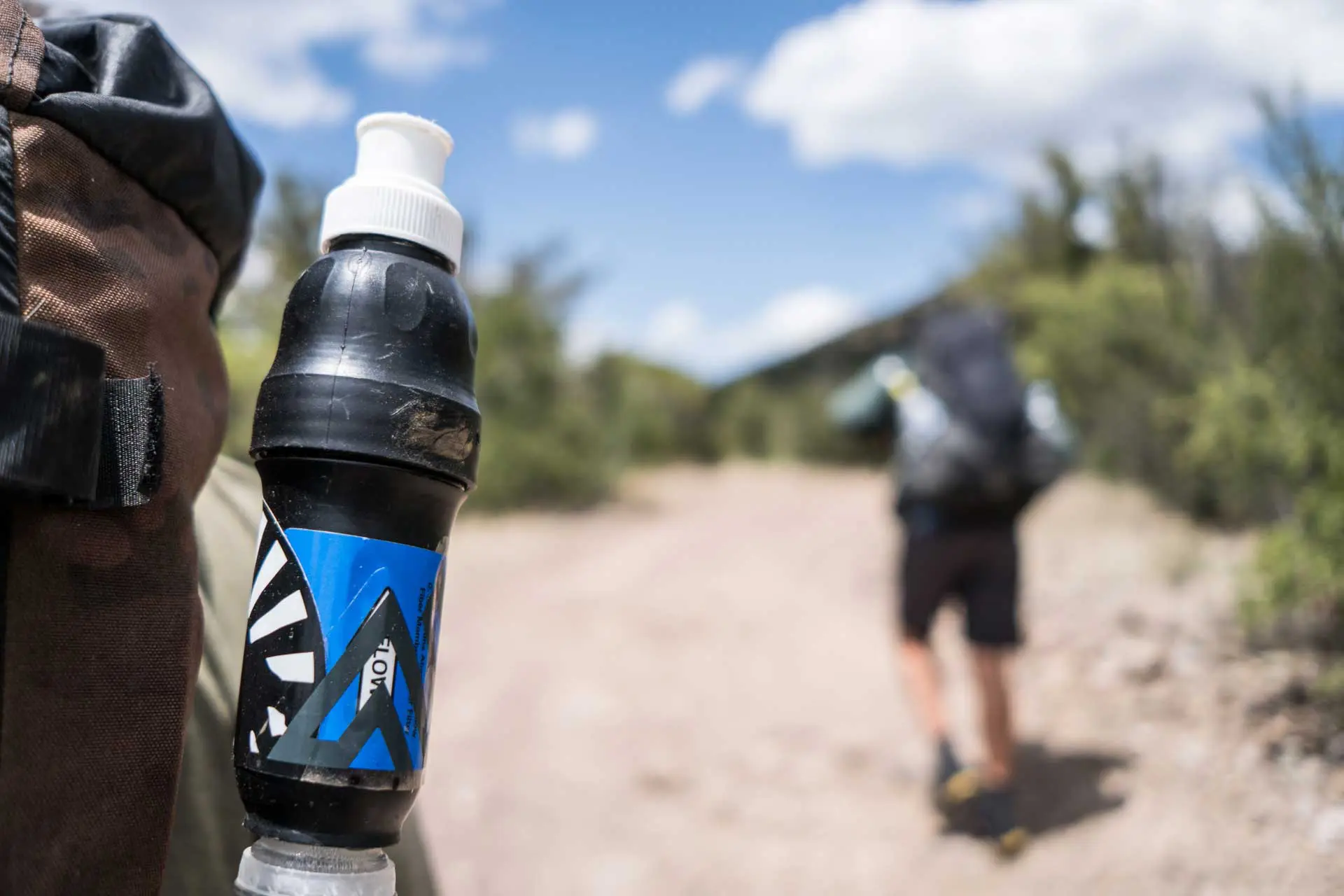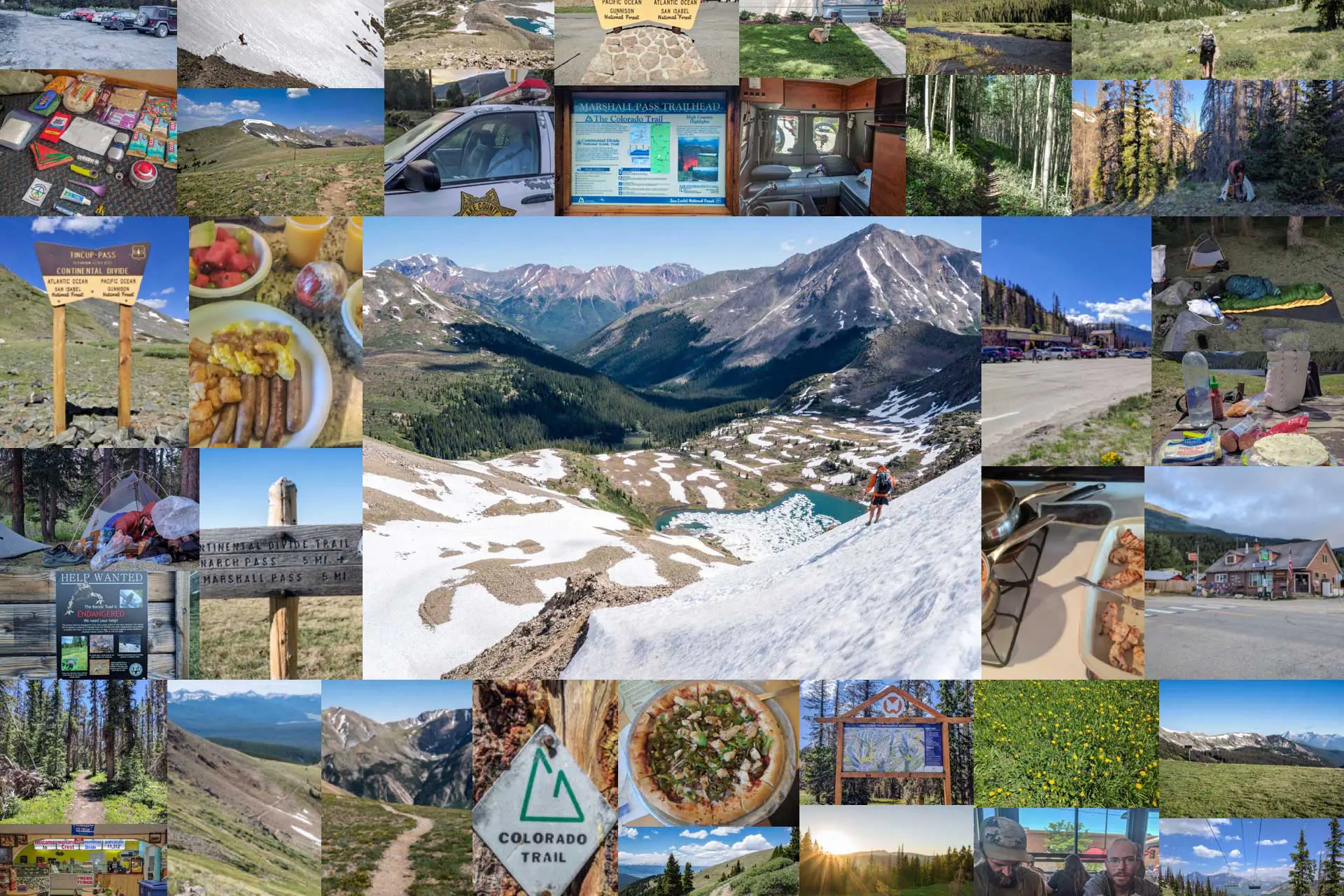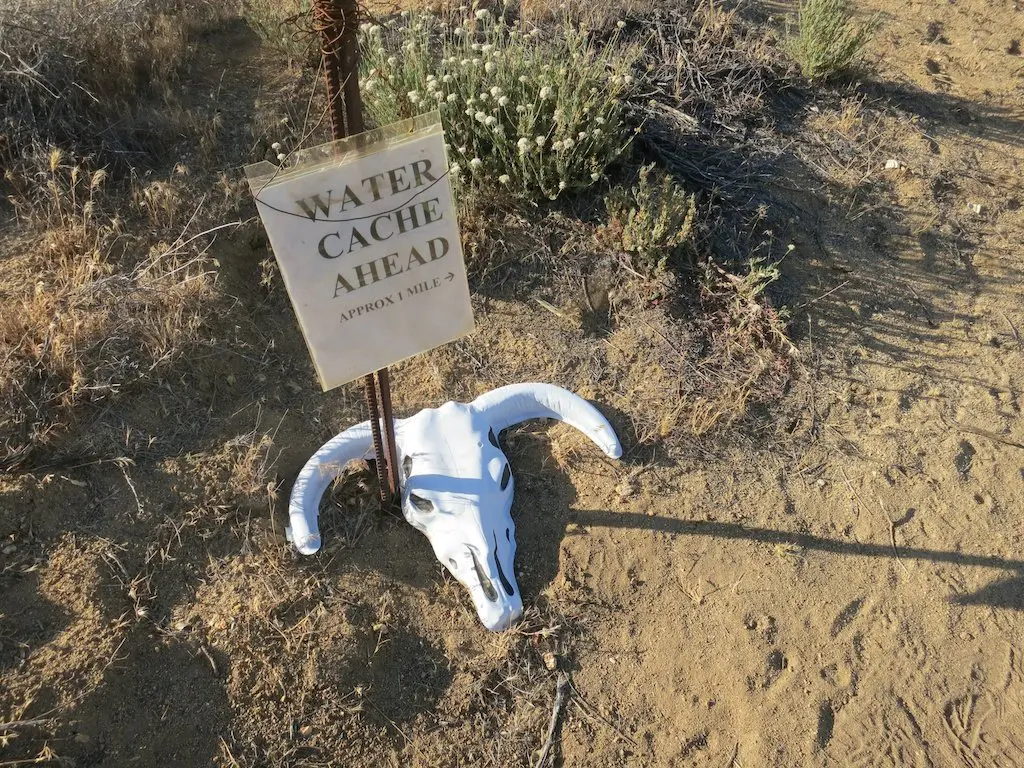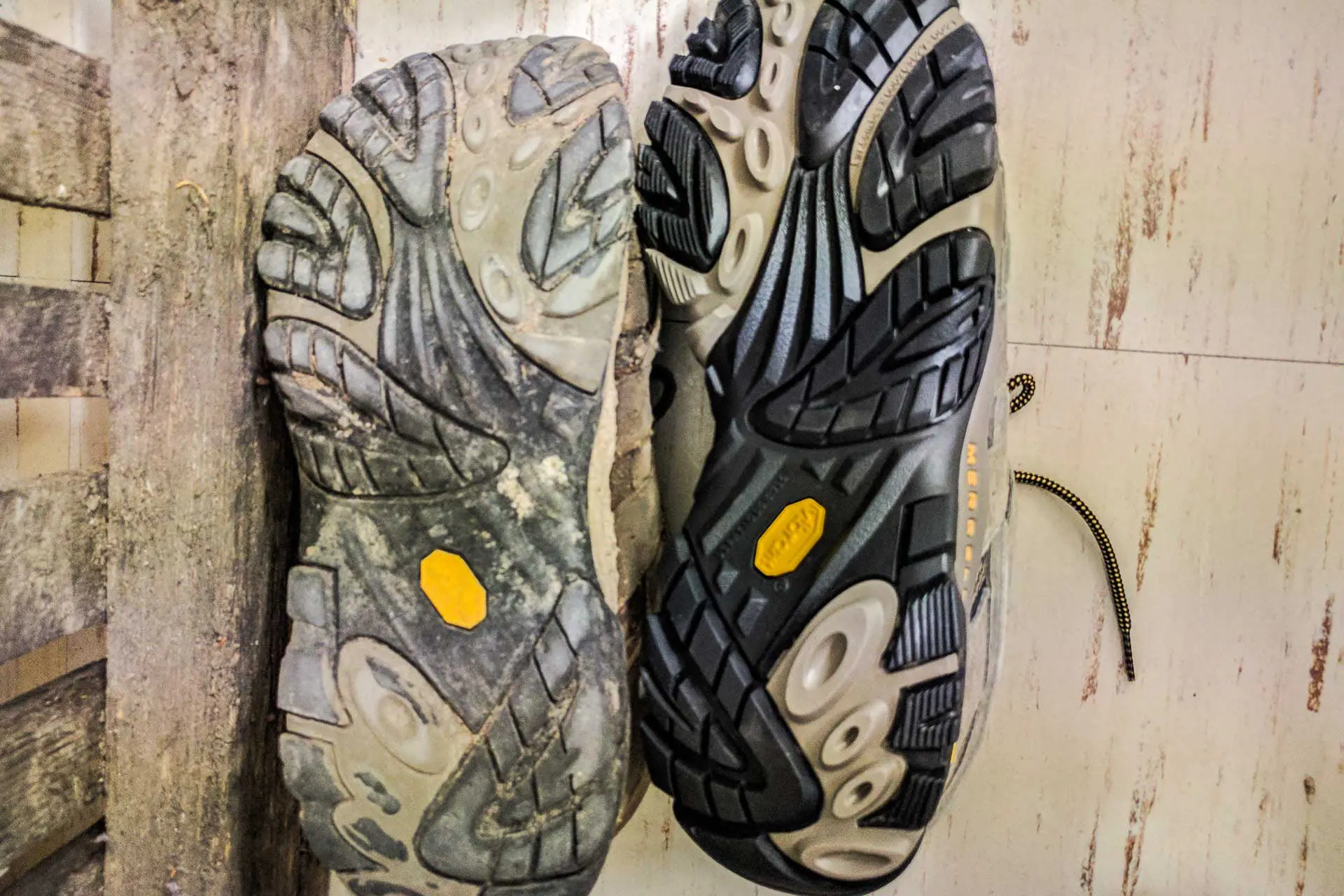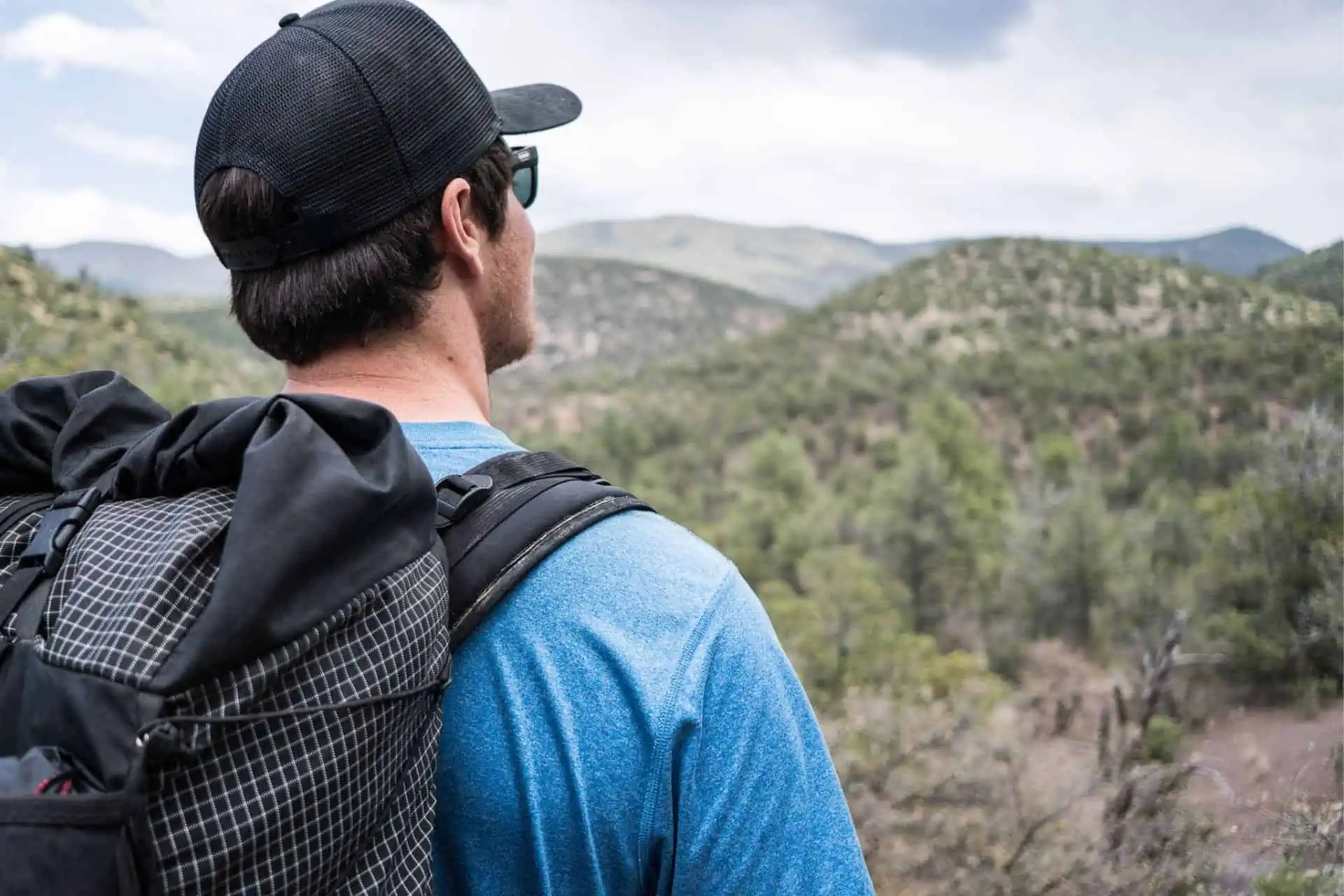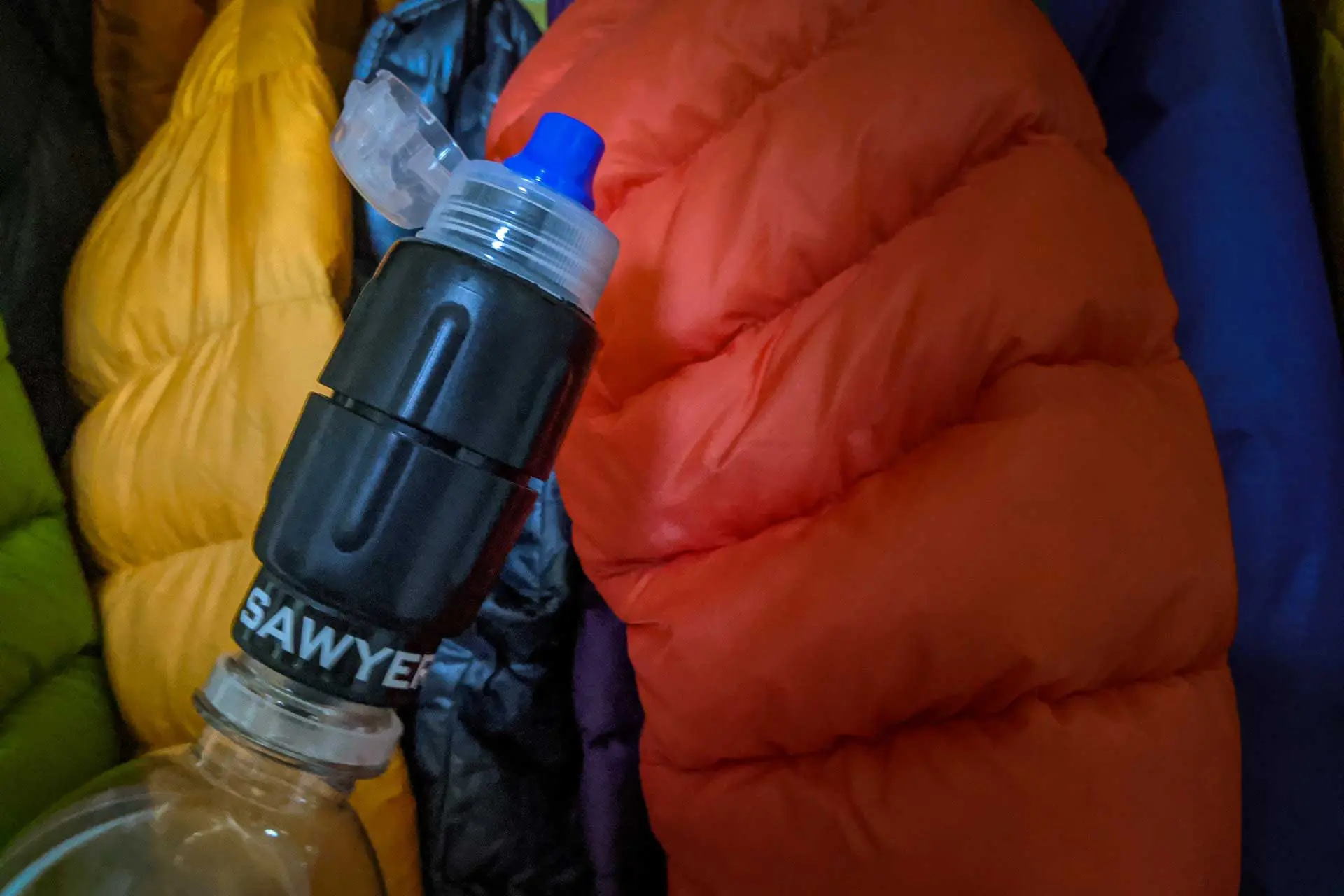Discrimination on the Continental Divide Trail (Class of 2022)
The Continental Divide Trail is growing in popularity and is hiked each year by a growing number of people from around the United States and around the world. As with its counterpart, the Pacific Crest Trail, the CDT has slowly become a more diverse and less exclusive space over the years as it’s become better documented and more well-known (on this note, be careful with your trail family).
As part of the Continental Divide Trail Hiker Survey, hikers are asked whether they experienced (or witnessed) ageist, sexist, racist, homophobic, or transphobic behavior during their thru-hikes – from either their fellow CDT hikers or from people in town and/or met along the trail (e.g. day hikers).
These accounts must be documented and shared to remind those within the thru-hiking community that just because they may not have experienced any of this, it still happens to others. Covering your ears and yelling, “I HIKE TO GET AWAY FROM THIS,” “EVERYONE ON THE TRAIL IS SUPER GOOD PEOPLE,” or “I’VE NEVER SEEN ANY OF THIS HAPPEN” doesn’t make it any less true.
As more hiker experiences are documented and the trail community becomes more aware of problematic areas and/or behavior, we can continue to build the long-distance hiking community into the incredible and welcoming place so many of us have had the privilege of experiencing in the past.
Lastly, I know that “Discrimination on the Continental Divide Trail” is not the most accurate title since, semantically, discrimination is just a piece of the issue. Still, I thought the word discrimination did an adequate job of capturing the sentiment of this article as opposed to something like “social issues and/or injustices perpetrated on and/or adjacent to the CDT.”
Constructive (this word is key) feedback on what would make this information more useful, insightful, or otherwise valuable to the thru-hiking community? Comment at the end of this post or get in touch.

The following breakdown shows the percentage of women, LGBTQIA+, and BIPOC hikers who experienced sexism, racism, or homophobia/transphobia on the Continental Divide Trail. Because the age ranges for people who reported experiencing some form of ageism on the trail varied wildly, the percentages given for this category reflect all hikers.

According to the data, people in town were generally more problematic than other hikers, but not by much. Here’s a look at the numbers.
Ageism
Overall, 9.5% of hikers experienced ageism on the Continental Divide Trail. 5.9% experienced ageism from other hikers, 2.4% from people in town, and 1.2% from both their fellow hikers and people in town.
*As ageism was reported by hikers with a wide variety of ages, these percentages are for all hikers.
Homophobia/Transphobia
Overall, 23.5% of LGBTQIA+ hikers experienced homophobia or transphobia on the CDT. 5.9% experienced homophobia or transphobia from other hikers, 8.8% from people in town, and 8.8% from both their fellow hikers and people in town.
Racism
Overall, 50% of BIPOC hikers experienced racism on the CDT. 30% experienced racism from people in town and 20% from both their fellow hikers and people in town.
Sexism
Overall, 43.2% of female hikers experienced sexism on the CDT. 11.8% experienced sexism from other hikers, 19.6% from people in town, and 11.8% from both their fellow hikers and people in town.
| On Trail | Off Trail | Total | |
|---|---|---|---|
| Ageism | 7.1% | 3.6% | 9.5% |
| Women | 23.6% | 31.4% | 43.2% |
| BIPOC | 20% | 50% | 50% |
| LGBTQIA+ | 14.7% | 17.6% | 23.5% |
When asked to recount examples of the sexism or otherwise inappropriate behavior witnessed on the Continental Divide Trail, here are some of the responses received. Note that each of the below bullets is an account from a single hiker on the CDT in 2022.
Ageism
I received a few responses in this section from older hikers regarding the way they were treated by younger hikers. Next year, ageism will be included as part of the survey as well.
- I’m 61. In New Mexico, I was ignored by about half of the hikers under 30. By the time I got to Wyoming, most young hikers were less likely to ignore me.
- I’m 49 and hikers they thought I was an old lady – not mean, just dismissive.
Women
- I got comments about hiking alone as a woman in town. People seem to think the only way you could be safe as a female hiker was if you were with a male partner.
- Jefferson, the current permanent resident at the Toaster House in Pie Town, regularly harasses female hikers.
- People in town spoke only to my male hiking partner (not my significant other), calling me brave for being a woman alone, being surprised my husband “let me” go solo. Another hiker calling me “baby”.
- Whenever I would be hiking alone (as a girl) and I would meet people, I usually received comments about how scared I must be, and “do I have a boyfriend to protect me”. I received unsolicited advice from men about what I was doing on numerous occasions. When hiking with my friends, a few people (e.g. Frank in Augusta) made comments about how it was a good thing I had men with me to keep me safe.
- A woman I hiked with constantly got “for a girl” comments. There was a creeper harassing women on the trail.
BIPOC
- Augusta Western Bar (Montana) had bumper stickers behind the bar; heard the owner was an asshole – e.g. “Black Cows Matter” – stuff that shouldn’t be in a business welcoming the public.
- I met a down-and-out guy between Reserve and Pie Town (New Mexico) who couldn’t stop using the “N” word.
- Multiple towns on the trail have racist people/establishments. Met the same racist hiker the entire trail.
- Observed racist stereotypes of Asians from a thru-hiker, not directed at any individual; Observed racist generalizations about specific trail towns from a different thru-hiker.
- Some small towns had the vibe of racism and I know a few people of color who were harassed.
- The bartender in Leadore (Idaho) was bragging about how Obama used to hang on a noose in the bar.
- I was called a slur once in town. Leadore, Idaho did not feel like a safe place for Black people (and probably others).
LGBTQIA+
- Maybe it was the towns or some of the hikers I was around, but I heard a LOT more gay and trans slurs/inappropriate jokes on this trail than others I’ve done, both in town and on the trail. I did not feel welcome being bi on this trail.
- Pretty straightforward – male hikers making douchey homophobic and sexist comments.
- Some towns were really LGBT and trans-friendly. I’m trans and another member of our trail family is openly gay. In some towns in Wyoming in particular (e.g. Dubois) there were some businesses with signage that made us feel uncomfortable, but not necessarily unsafe. I didn’t think it was more than I was expecting, and we never get truly unsafe. But there are definitely some transphobic/homophobic locals and hikers. We keep us safe, look out for your friends on the trail and off the trail.
Support the Survey
I get a lot of people asking every year how to support the surveys, and beyond sharing them with your close-knit bubble of weird hiker friends, the best way to support the survey is to contribute via Patreon. You’ll get access to exclusive posts, discount codes, live streams, and super, extra cool stickers so that everyone will know how cool you are.
If you’re not into Patreon, that’s cool; you can Venmo @halfwayanywhere, Cash app $halfwayanywhere, or PayPal moc.erehwynayawflah@tcatnoc
This is not expected. The data collected in the survey will always be free and accessible to everyone who wants/needs it. Your support is much appreciated and helps pay the website (and survey) bills.


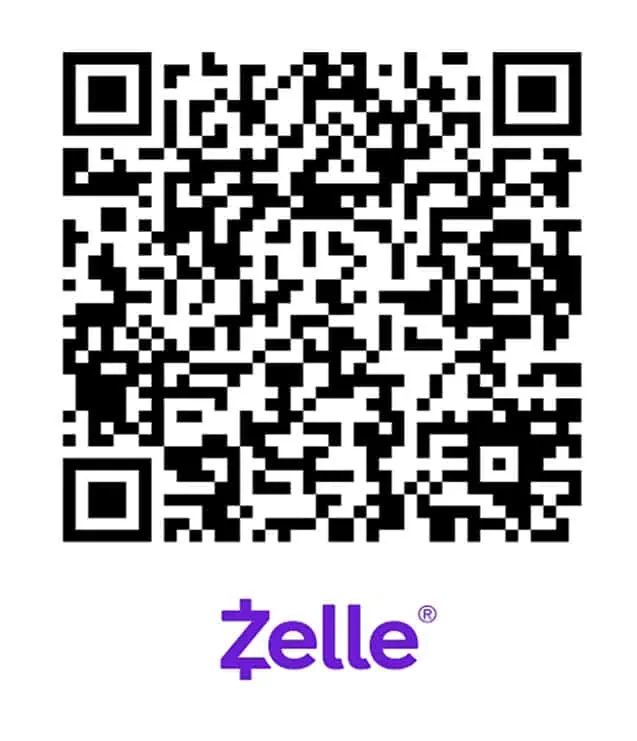
CDT Survey Collection
Final Thoughts
Hopefully, there comes a day when these accounts along the Continental Divide Trail are so negligible that they cannot even be meaningfully measured by the survey. For now, it’s good to recognize that the CDT is far from perfect and that the thru-hiking community
If you have any thoughts on how this data could be better summarized or used, please let me know.
For now, I hope what I was able to capture from last year’s class helps to shed some light on issues in the trail community.

